Federal 2007 ban on fossil fuels in government-owned buildings finally kicks in
Archinect
APRIL 28, 2024
Section 433 of that law says new federal buildings and those undergoing major renovations have to phase out "fossil fuel-generated energy consumption" by 2030. But that provision never went into effect because the Energy Department failed to finalize regulations, until now. All buildings (and vehicles) owned by the U.S.



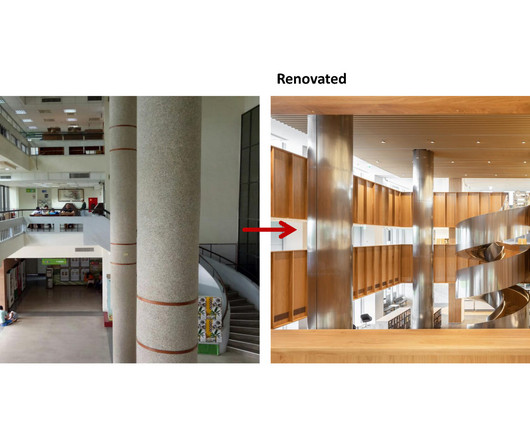
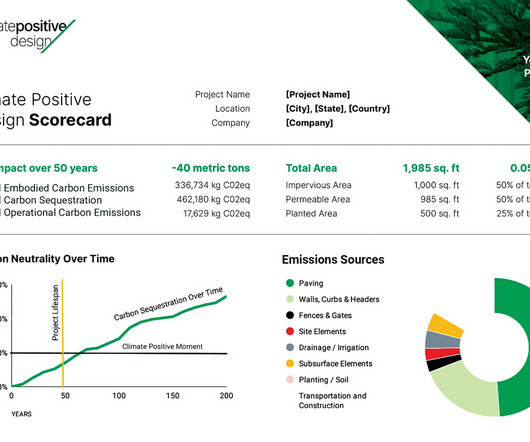
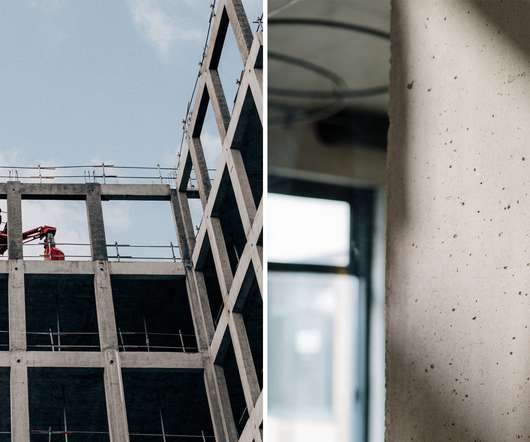

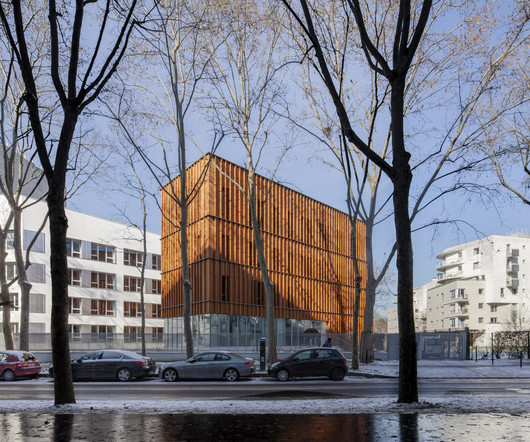
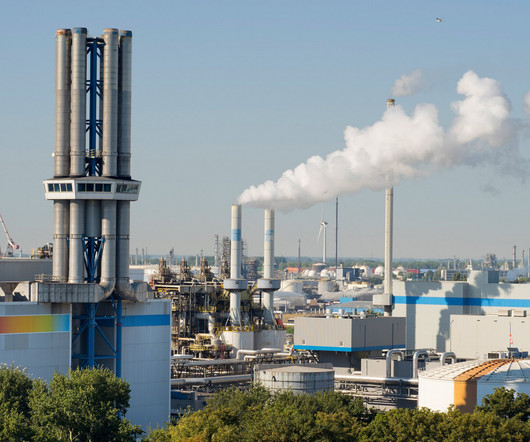
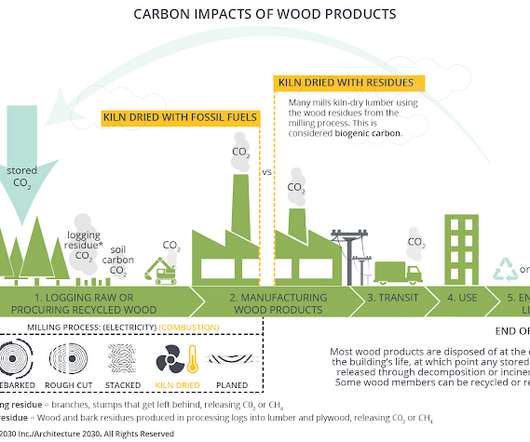
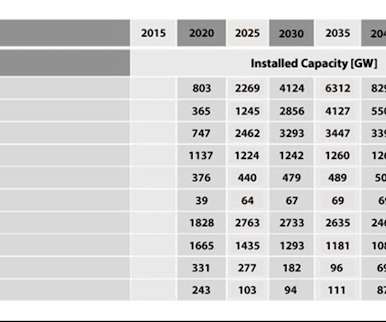






Let's personalize your content